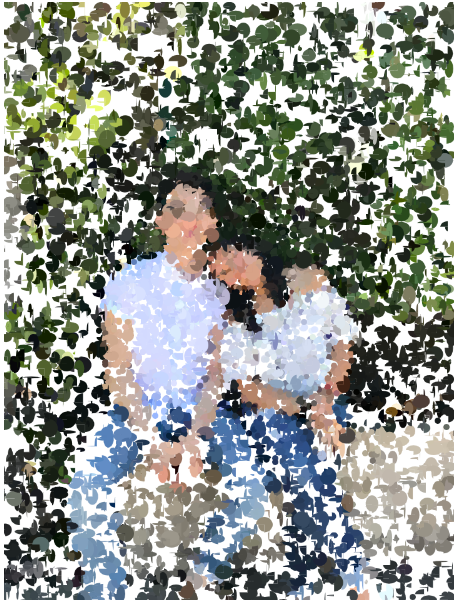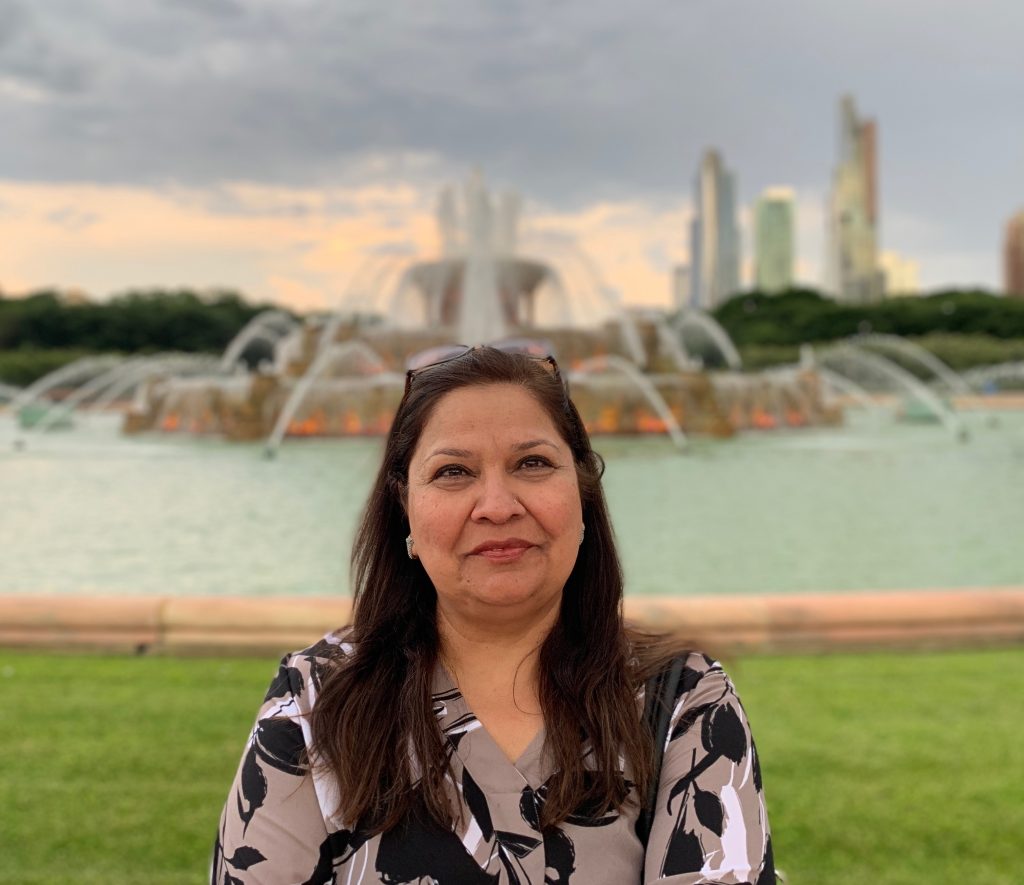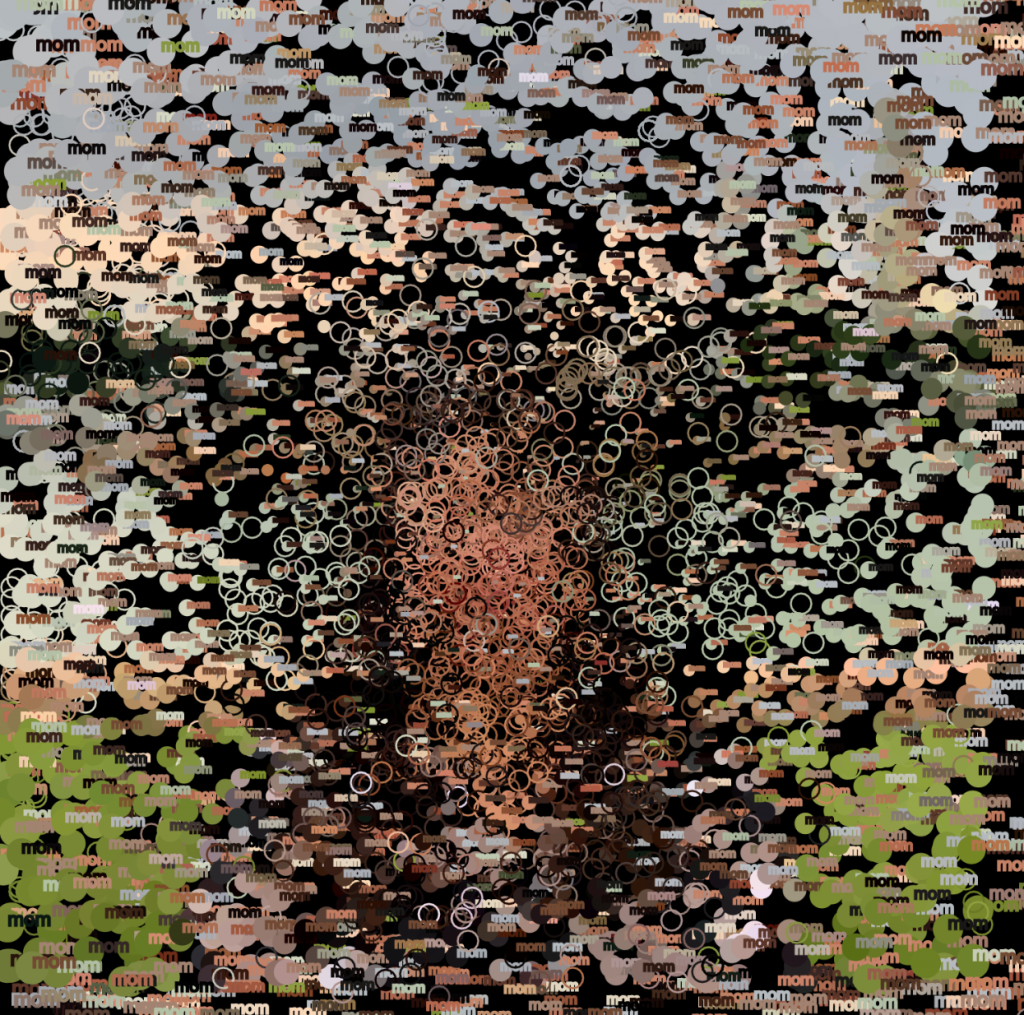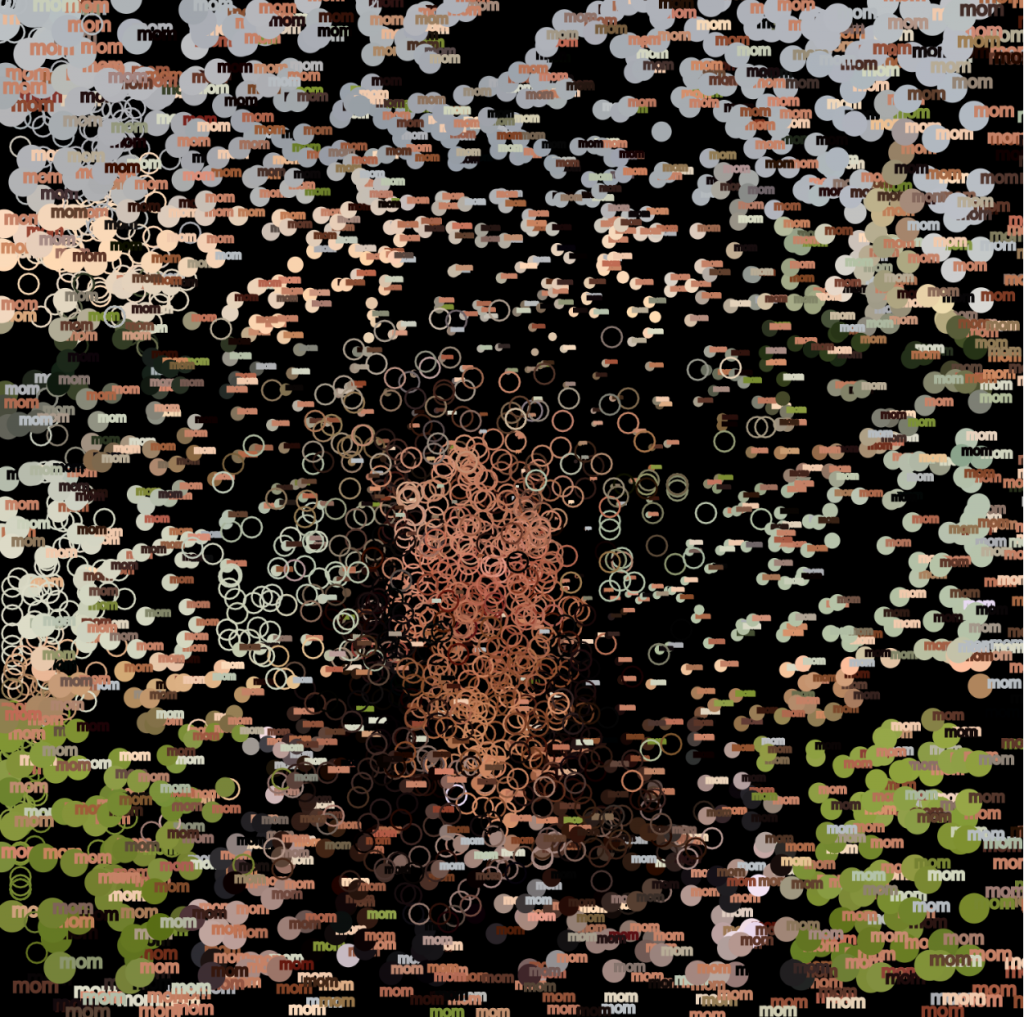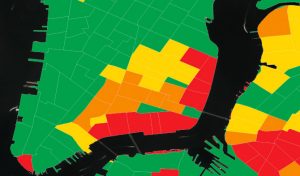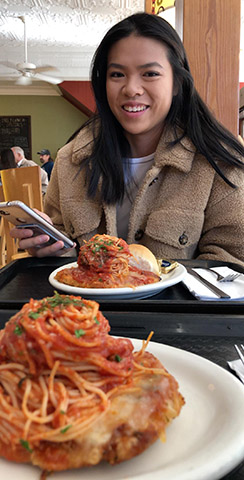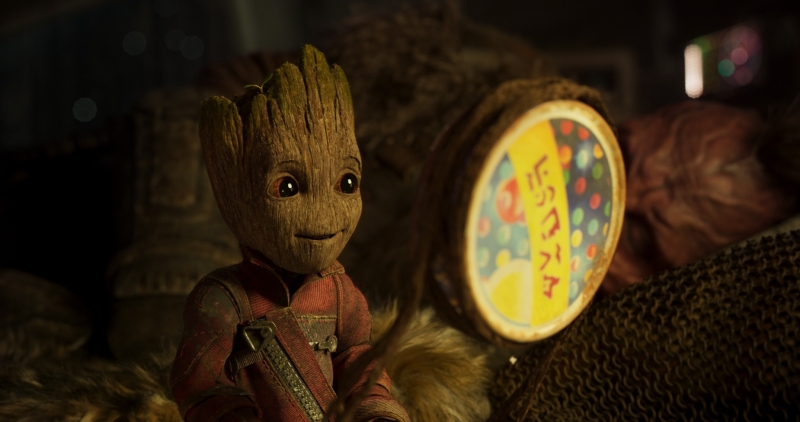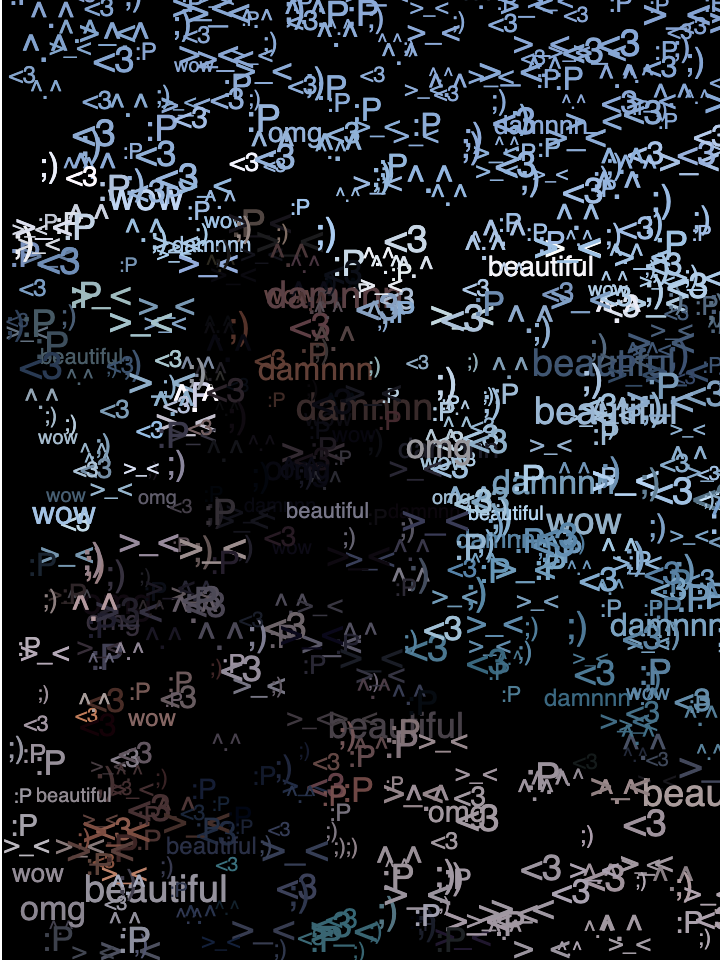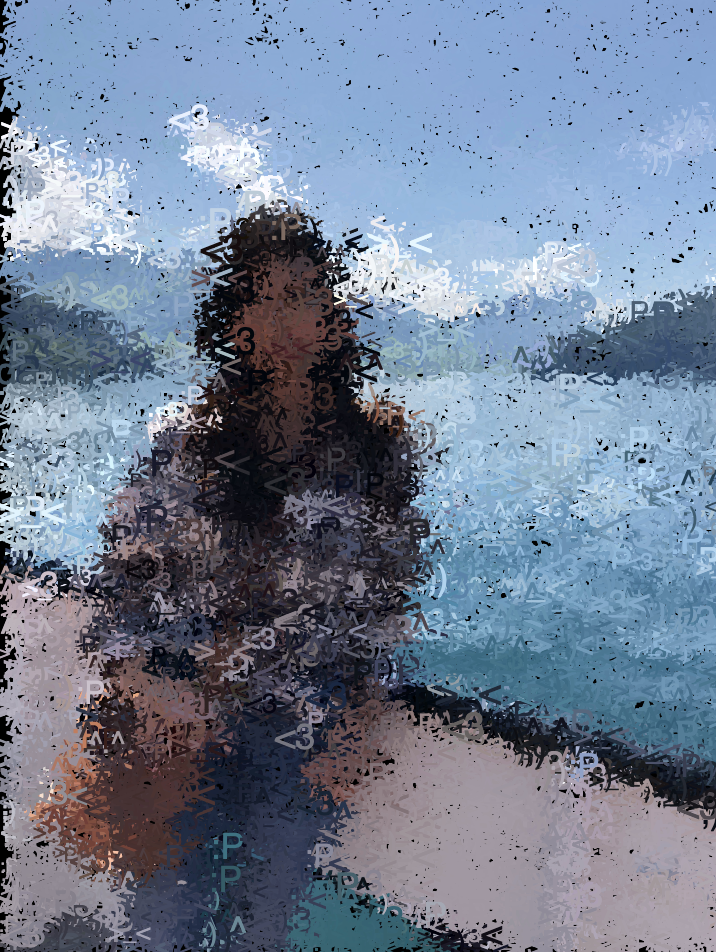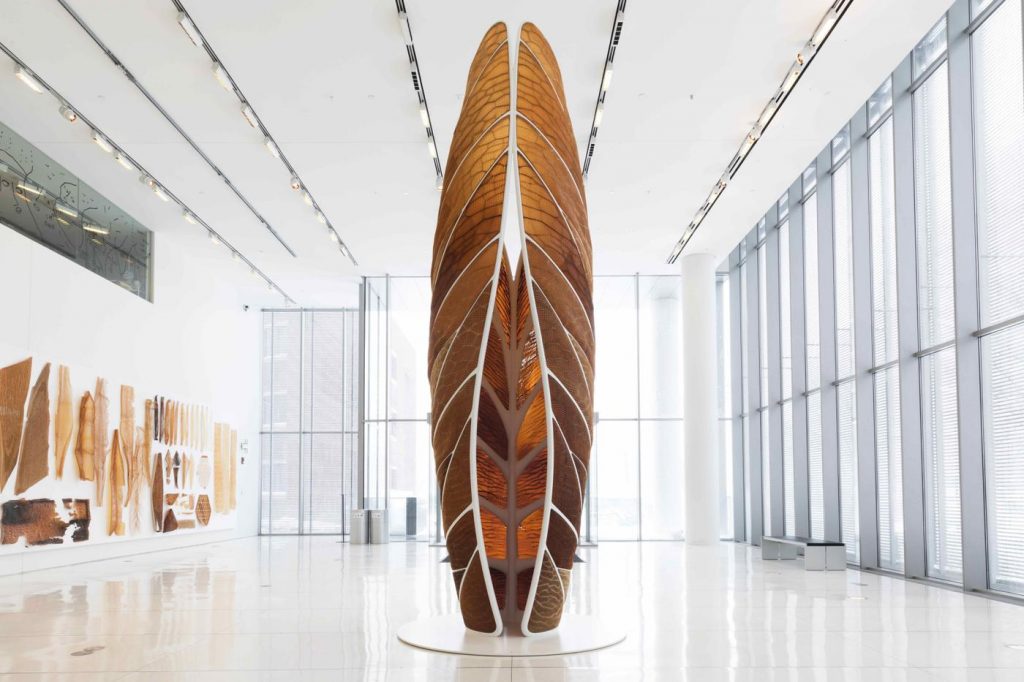
For my Looking Outwards this week, I looked at my classmate Shannon’s Looking Outwards from Week 3 on Aguahoja, a work by the MIT Media Lab. The prompt for that week was on Computational Fabrication, and I really liked the piece Shannon chose because of how majestic yet haunting it felt. Shannon described Aguahoja as an exploration of how human technology—specifically, 3D printing—could emulate natural and biological materials such as tree branches and bones. The MIT Media Lab took an innovative design approach using algorithms, water-based design, and digital fabrication to erect these massive sculptures that represent nature’s intricacies.
I really enjoyed Shannon’s reflection on Aguahoja because it was concise yet contemplative, explaining how although Aguahoja is an effective representation of nature’s form, it still requires manpower and technology. One thing I would add onto her discussion points are the incredible amount of research the MIT team undertook to develop their algorithms for printing. It took them 6 whole years of research into computationally manufactured functional biopolymers for them to feel confident enough in their ability to emulate these biological structures, a testament to how wonderfully unique nature really is.

Sources:
https://www.media.mit.edu/projects/aguahoja/overview/
![[OLD FALL 2019] 15-104 • Introduction to Computing for Creative Practice](../../../../wp-content/uploads/2020/08/stop-banner.png)
